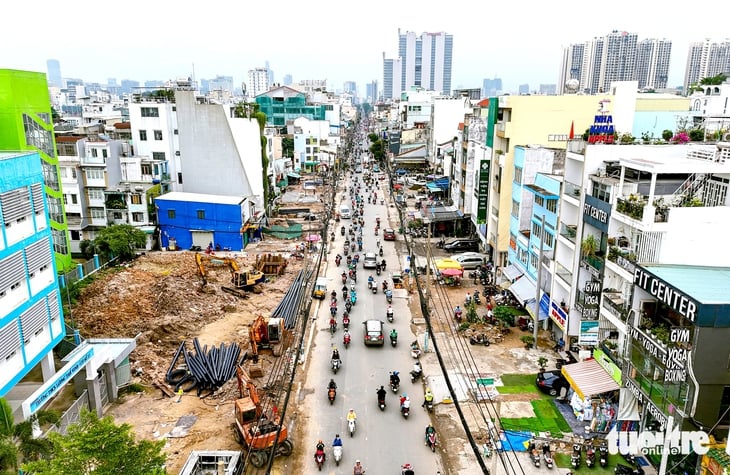
Ho Chi Minh City is rushing to complete procedures to be ready to start construction of metro line 2 on January 15, 2026 - Photo: CHAU TUAN
Metro Line No. 2 project (Ben Thanh - Tham Luong) has a total length of more than 11.2km, built to meet the travel needs on the East - West traffic axis of Ho Chi Minh City, along the Ben Thanh - Cach Mang Thang Tam - Truong Chinh - Tham Luong corridor.
The route plays a role in coordinating public transport flows, contributing to reducing congestion and promoting economic development.
The project was previously implemented with ODA loans, but the implementation process encountered many difficulties. Therefore, on March 6, the Standing Committee of the Ho Chi Minh City Party Committee agreed to convert the capital source to public investment, using the city budget. By July 2025, the Prime Minister decided to stop using ODA capital and preferential loans from the German Reconstruction Bank for this project.
Updating new technology for metro line 2 is necessary
After converting the capital source, recently Ho Chi Minh City has carried out procedures to update and adjust the project, including adding more works to synchronously connect with metro line 1 at Ben Thanh station area.
Ho Chi Minh City has identified metro line 2 as the first pilot line to apply special mechanisms from Resolution 188 of the National Assembly to speed up the project's progress.
Researching and proposing options for selecting new technology for metro line 2 is an important step in the journey to complete the adjusted feasibility study report to submit to the Ho Chi Minh City People's Committee for consideration and decision, ensuring the groundbreaking date of January 15, 2026 as scheduled.
According to the Ho Chi Minh City Department of Construction, the technology plan for the metro line 2 project was previously approved (2010-2016 period). However, with the rapid development of urban railway technology in the past decade, updating and integrating new technologies has become a mandatory requirement.
Updating technology will ensure that metro line 2 is in line with international and regional trends, ensuring synchronous connectivity and interconnectivity with metro line 1 as well as other metro lines in the future.
The selection of new technology for metro line 2 uses European standards, integrating new technology while at the same time meeting the requirements of current regulations and standards in Vietnam.
Based on the documents submitted by the investor, the Department of Construction has consulted with departments, specialized units, businesses, experts and scientists ... Basically, the opinions are in agreement with the technological changes proposed by the Ho Chi Minh City Urban Railway Management Board (investor).
Metro line 2 will apply fully automatic operation technology.
One of the technological adjustments of Metro Line 2 is to change the power supply method from the third rail (750V DC voltage) to overhead power supply (1,500V DC voltage). Overhead power supply method brings economic advantages and is recommended for use. At the same time, the project will add a system to recover regenerative energy from train brakes, helping to save electricity.
The ticket card system (AFC) will also be upgraded to suit new trends and connect the entire network.
The project will also upgrade the level of automation to GoA4, meaning the train operates completely autonomously without a driver or staff on board. The automated functions include automatic start-up, self-inspection, entering operation on the main line, stopping at the station, leaving the platform, turning around and changing the driver's cabin, evacuating passengers, withdrawing from the main line, automatically bringing the train to the workshop and switching to sleep mode...
In the event of an emergency or other special operational requirements, the operator at the Central Control Centre (OCC) can intervene via remote control commands. Such as remotely activating the emergency brake, remotely controlling the opening or closing of train doors, and adjusting the temperature of the air conditioning system.
Meanwhile, if the project continues to use the previous technology (GoA2 - semi-automatic operation), operations such as starting the train, applying brakes, stopping at the platform and opening the door, as well as handling emergency incidents, will all be performed by the train driver.
According to data from the International Union of Public Transport (UITP), 75% of new lines worldwide adopted fully autonomous operation (FAO) technology in 2020, and 40% of existing lines have used FAO technology in the upgrade process. By the end of 2025, it is expected that there will be 2,300km of fully autonomous lines globally.
Source: https://tuoitre.vn/metro-so-2-tp-hcm-co-the-van-hanh-tu-dong-hoan-toan-khong-co-lai-tau-20251114112351791.htm


![[Photo] Action for the Community tells stories of enduring journeys – both intimate and great, yet quiet and determined](https://vphoto.vietnam.vn/thumb/1200x675/vietnam/resource/IMAGE/2025/11/15/1763179022035_ai-dai-dieu-5828-jpg.webp)
![[Photo] Exciting contest of skillful red fruit picking and creativity from Son La coffee beans](https://vphoto.vietnam.vn/thumb/1200x675/vietnam/resource/IMAGE/2025/11/15/1763201832979_ndo_bl_3-jpg.webp)
![[Photo] The Government Standing Committee reviews the planning project of the Red River landscape avenue axis](https://vphoto.vietnam.vn/thumb/1200x675/vietnam/resource/IMAGE/2025/11/15/1763197032149_dsc-0163-jpg.webp)
![[Photo] General Secretary To Lam receives Governor of Kanagawa Province (Japan) Kuroiwa Yuji](https://vphoto.vietnam.vn/thumb/1200x675/vietnam/resource/IMAGE/2025/11/15/1763204231089_a1-bnd-7718-5559-jpg.webp)




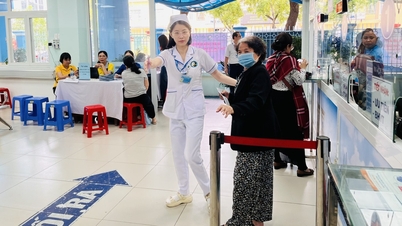


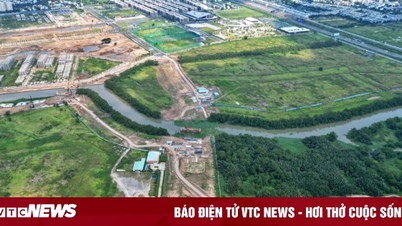










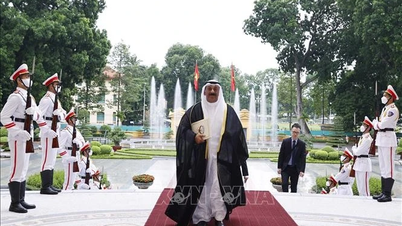







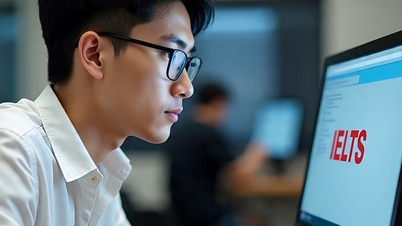


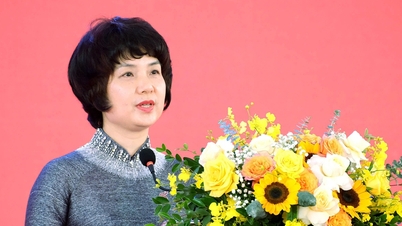




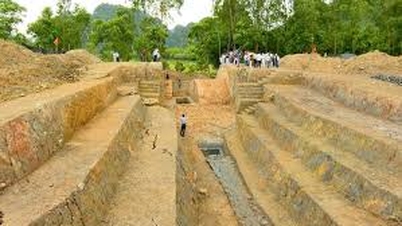
































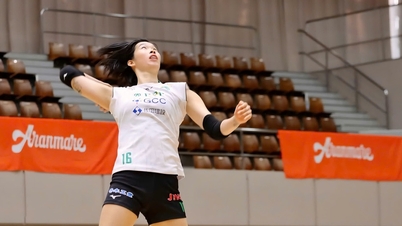

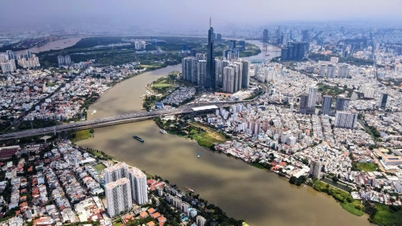




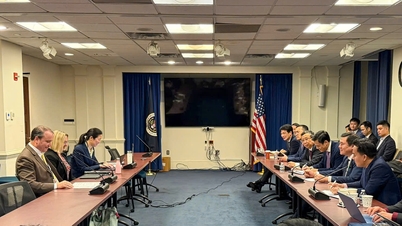

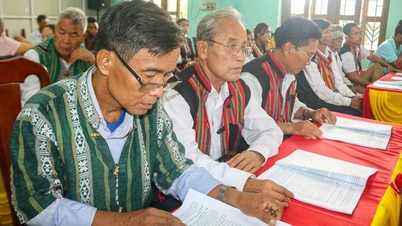
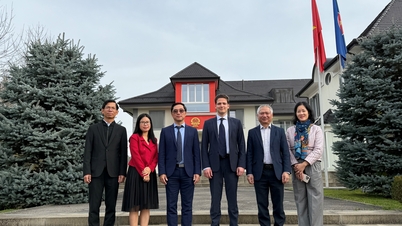


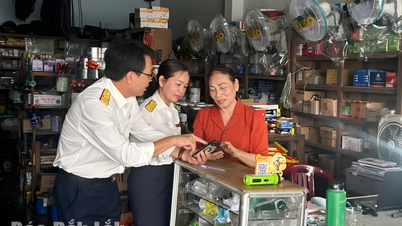
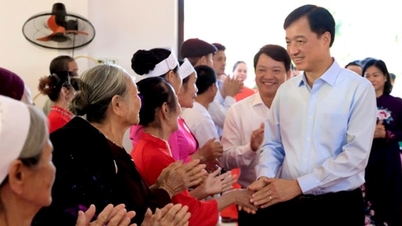
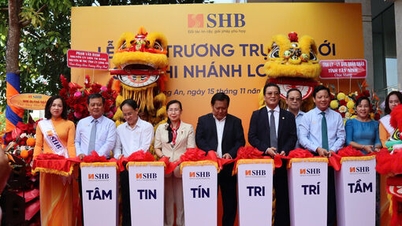

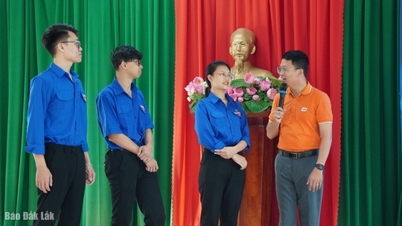













Comment (0)